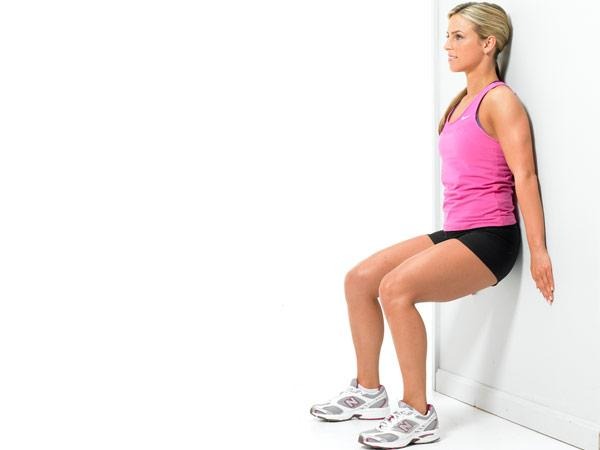
An interesting idea in movement and rehabilitation divides the exercises into closed chain and open chain. Chains are links of body parts such as the foot, ankle, knee and hip when walking. With a closed chain, the end farthest from the body of the chain is fixed, for example a squat where your feet are fixed and the rest of the leg chain moves. In open chains, The extremity is free, as in an ischial extension.

Closed and open chain exercises offer slightly different benefits. Closed chain exercises tend to increase the compression of the joints, which helps stabilize the joint, like your knee during the vertical maintenance phase of squats. Open chain exercises tend to require more shear force parallel to the joint; for example, your knee will never be subjected to pressure forces during a leg extension. Closed chains tend to involve more muscles and joints than open chains and improve coordination around each structure, which improves overall stability.
The most famous closed chain exercises for the knees and legs are squats and lunges. Here is a selection of lesser-known exercises for a complete leg workout to add to your Routine, especially if you are recovering from a knee problem.
Standing Trend.
Stand with your feet shoulder-width apart, evenly distributing the weight and your knees slightly bent. Shift your weight so that everything rests on your right leg, even if you keep both feet on the ground. Hold the position for five seconds, then move so that your weight is transferred to your other leg and hold for five seconds. Move back and forth and continue for a minute or two.
Quadruple immersion.
First, stand shoulder-width apart and use a door frame or countertop to maintain balance. Slowly bend your knees 20-30 degrees and hold for 10 Seconds. Then straighten to full extension. When bending and walking in bent knee positions, make sure that your knees are straight on your foot and that your knee is not leaning towards your big toe. Start with a few repetitions and build as much as you can. As your strength improves, move your weight so that most of them are on your weaker side, while the other is mainly used for balance.

Sitting WALL.
With your feet about 18 inches from a wall and under your shoulders, press your back against the wall and slowly slide along the wall until your knees are bent at about 45 degrees. Hold the position for as long as possible, then return to your starting position.
One Leg Quad Dips.
Repeat the Quad Dip exercise above, but lift your strongest leg off the floor and perform the exercise on the weakest leg with all your weight. First of all, you may need a handle to improve your balance. At some point, however, you should make progress to develop a better balance without help.
Side Mounts.
Place a block or a phone book four to six inches on the floor, place your foot on the weaker side of the block and lift your toes to your stronger side so as not to push yourself with them, then walk slowly on the block, then slowly get down and touch the floor first with the heel of your You should do most of the work with your lower leg and repeat how to tolerate repetitions and build slowly.

Stork stand.
Stand on your weakest leg, keeping the other leg in the air and your arms at your sides. Close your eyes and maintain balance for as long as possible. Repeat several times.
In addition to squats and lunges, these closed chain exercises for the knees and legs should be very useful for you to develop your strength and help you rehabilitate your health problems.




